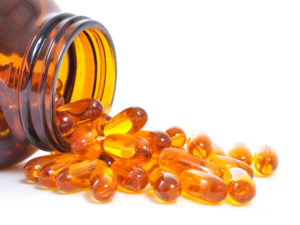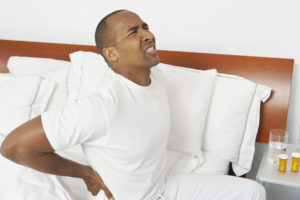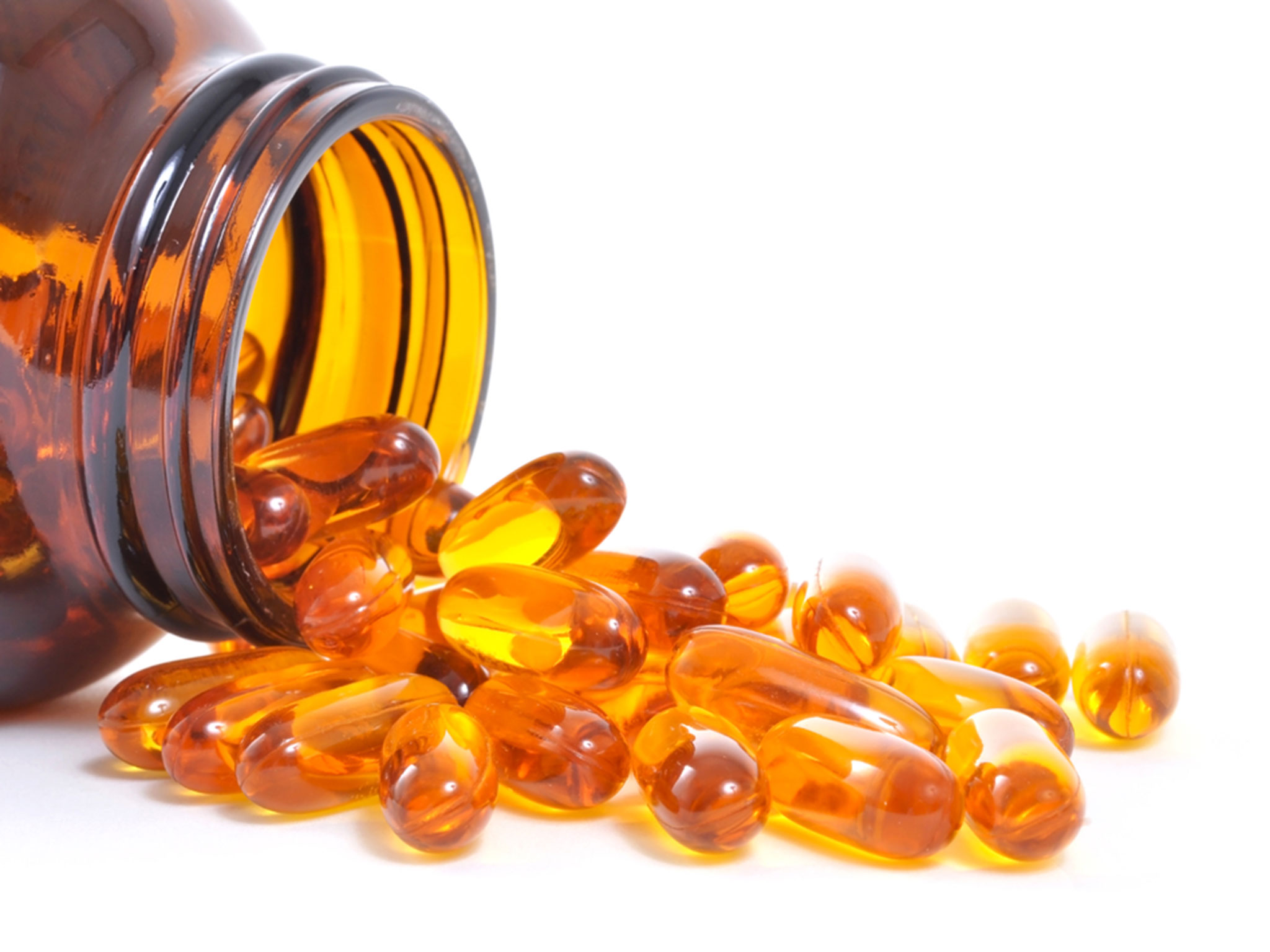 I walk, I drive, and I work daily shielded from sunlight, the major driving force behind vitamin D production in humans. My day begins at dawn when I drive to my office in downtown Los Angeles. My whole day is spent in the operating room suite. At dusk, I go home without any exposure to the sun. When I finish work early, I work out at the gym, not at the park. Upon reflection, I believe this lifestyle puts me at risk for vitamin D deficiency. Because of the many medical problems associated with it, I expressed my concern during my annual medical checkup in February, 2016. The doctor tested me and notified me that I have vitamin D deficiency. After the appointment, I began taking a big dose of vitamin D once a week for twelve weeks, and then started taking a tenth of that dose every day.
I walk, I drive, and I work daily shielded from sunlight, the major driving force behind vitamin D production in humans. My day begins at dawn when I drive to my office in downtown Los Angeles. My whole day is spent in the operating room suite. At dusk, I go home without any exposure to the sun. When I finish work early, I work out at the gym, not at the park. Upon reflection, I believe this lifestyle puts me at risk for vitamin D deficiency. Because of the many medical problems associated with it, I expressed my concern during my annual medical checkup in February, 2016. The doctor tested me and notified me that I have vitamin D deficiency. After the appointment, I began taking a big dose of vitamin D once a week for twelve weeks, and then started taking a tenth of that dose every day.
This health experience motivated me to review the current literatureonvitamin D deficiency.
Studies show that darker skinned people need more exposure to sunlight than lighter skinned people to have the same degree of vitamin D production. This is because melanin, the skin pigment, absorbs so much of the UVB radiation needed for vitamin D production that production is decreased by up to 99%. Applying sunscreen – used to prevent skin cancer – does the same thing to a light skinned person by absorbing UV radiation. Staying mainly indoors and dressing to cover sun-exposed areas of the body due to cold weather or religion increases the risk of deficiency. Furthermore, the capacity to synthesize the vitamin in the skin decreases with aging. Intestinal conditions that decrease vitamin D absorption, such as malabsorption syndromes and bariatric surgery, also result in the deficiency. In addition, obesity, or BMI over 30, is associated with an increased risk of deficiency due to trapping of vitamin D in the fat tissue. Other than through exposure to sunlight, man derives vitamin D from food fortified with the vitamin and oil-rich fish, such as salmon, mackerel, and herring. Oil from fish such as cod liver oil is another good source. The source of the fish is important. Wild caught salmon contains about 500-1000 IU of Vitamin D in 100g while farmed salmon contains only 100-250 IU of the vitamin in 100g. This is because the natural diet of wild salmon is richer in the vitamin than the processed diet of farmed salmon.
 It is well known that vitamin D deficiency leads to reduced intestinal absorption of calcium and phosphorus resulting in mobilization and depletion of the minerals from the bones. This leads to rickets in the young, and osteomalacia and osteoporosis in the elderly, increasing the risk of fractures. The recent discovery of vitamin D receptors in the majority of tissues and of enzymes that convert the vitamin from inactive form to active forms shows that vitamin D has functions beyond optimizing the bone health. Chronic conditions that result from vitamin D deficiency may include cancers, autoimmune disease, infectious disease, insulin resistance, type 2 diabetes, hypertension, coronary artery disease and heart failure.
It is well known that vitamin D deficiency leads to reduced intestinal absorption of calcium and phosphorus resulting in mobilization and depletion of the minerals from the bones. This leads to rickets in the young, and osteomalacia and osteoporosis in the elderly, increasing the risk of fractures. The recent discovery of vitamin D receptors in the majority of tissues and of enzymes that convert the vitamin from inactive form to active forms shows that vitamin D has functions beyond optimizing the bone health. Chronic conditions that result from vitamin D deficiency may include cancers, autoimmune disease, infectious disease, insulin resistance, type 2 diabetes, hypertension, coronary artery disease and heart failure.
Unfortunately, the modern day lifestyle does not expose us to sufficient amounts of light to meet our needs. In addition, the amount of vitamin D in our diets is barely enough to meet the requirement for optimum bone health. To prevent chronic disease, more vitamin D is required. Because individuals have different lifestyles and diets, vitamin D needs vary from person to person. You need to have your serum level of vitamin D checked in order to truly know your nutritional needs.
However, unlike blood sugar and cholesterol, vitamin D is not routinely checked by doctors. As a result, when you go for your annual medical checkup, you need to emphasize your risk of vitamin D deficiency in terms of your lifestyle to your healthcare provider. Based on what your serum level is, the doctor will determine how much supplement is needed. You may not need any supplement. In that case, taking vitamin D supplements would be dangerous. Excessive intake of vitamin D has side effects, such as kidney stones, so allow your doctor to decide if you need supplements, and how much you need.

We have come a long way from the age of the caveman. The caveman made a living hunting and gathering food, exposed to the sun. The modern digital man makes a living shielded from the sun in offices, homes, cars, trucks, trains, and airplanes. The caveman ate natural food rich in vitamin D. The digital man eats processed food poor in vitamin D. We have always known that rickets, osteomalacia, osteoporosis and fractures result from vitamin D deficiency. Studies now show that the deficiency may result in chronic diseases such as type 2 diabetes, hypertension, and coronary artery disease.
So, evaluate your risk. If you habitually work from home, you may be at risk. If you are always on the road in your car or in your truck for business, you may be at risk. If you are always clothed from head to toe for any reason, you may be at risk. For the sake of your bone health and general health, talk to your doctor.
References:
1. Okazaki R1, Ozono K2, Fukumoto S3, …
J Bone Miner Metab. 2016 Nov 23. [Epub ahead of print]
Assessment criteria for vitamin D deficiency/insufficiency in Japan: proposal by an expert panel supported by the Research Program of Intractable Diseases, Ministry of Health, Labour and Welfare, Japan, the Japanese Society for Bone and Mineral Research and the Japan Endocrine Society [Opinion].
2. MF Holick, NC Binkley…
Evaluation, treatment, and prevention of vitamin D deficiency: an Endocrine Society clinical practice guidelin
– The Journal of Clinical Endocrinology and Metabolism , 2011 – press.endocrine.org
– DOI: http://dx.doi.org/10.1210/jc.2011-0385
3. Michael F Holick and Tai C Chen
Vitamin D deficiency: a worldwide problem with health consequences1,2,3,4
Am J Clin Nutr April 2008
vol. 87 no. 4 1080S-1086S
4. John H. Lee, MD?; James H. O’Keefe, MD?…
Vitamin D Deficiency
An Important, Common, and Easily Treatable Cardiovascular Risk Factor?
J Am Coll Cardiol. 2008;52(24):1949-1956. doi:10.1016/j.jacc.2008.08.050








